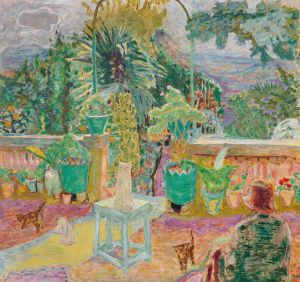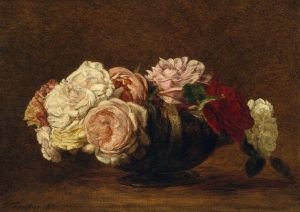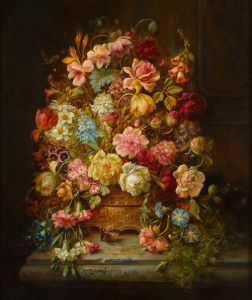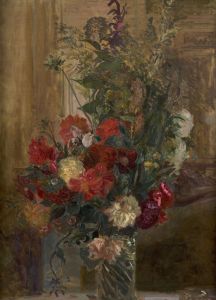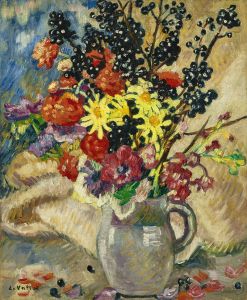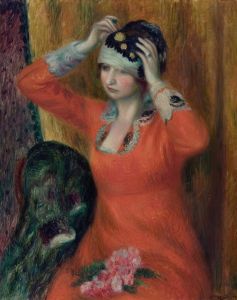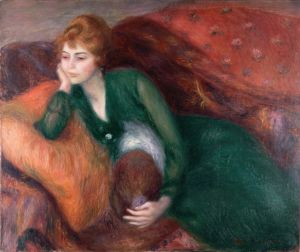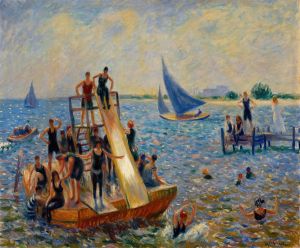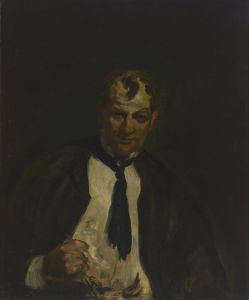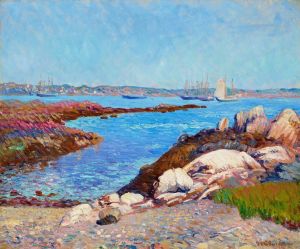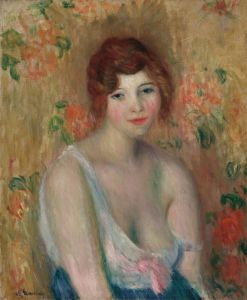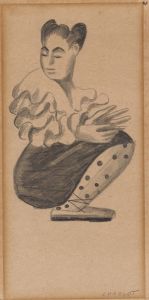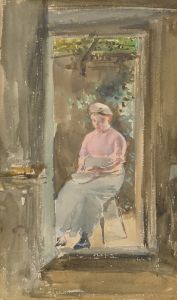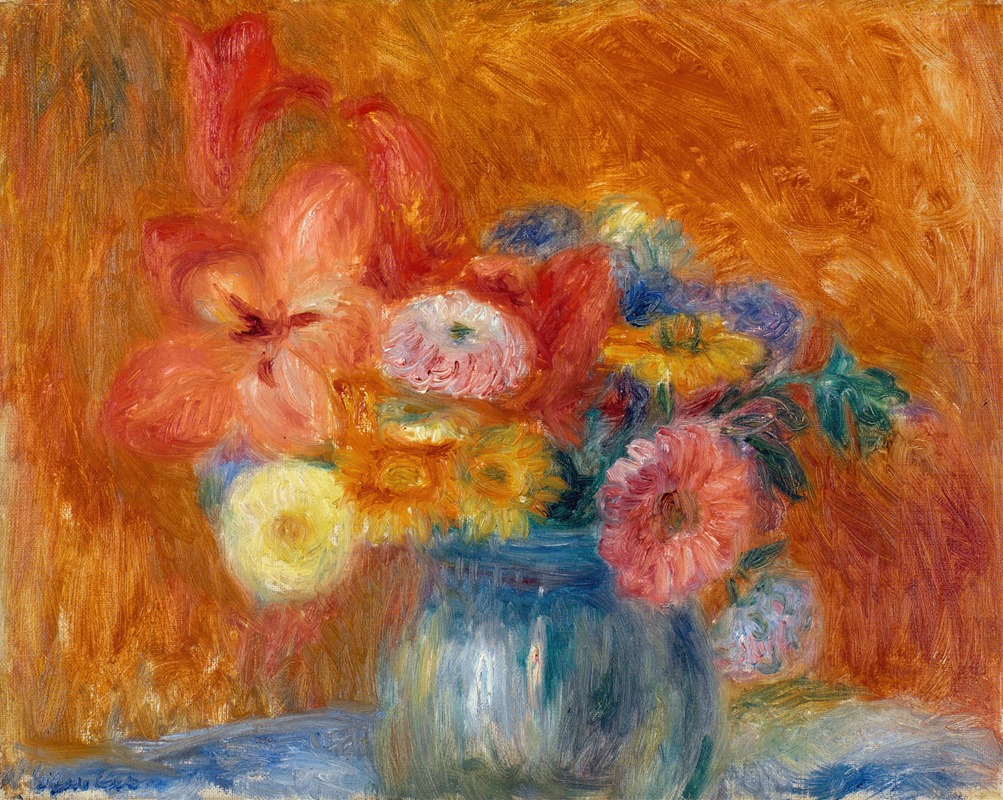
Green Bowl of Flowers
A hand-painted replica of William James Glackens’s masterpiece Green Bowl of Flowers, meticulously crafted by professional artists to capture the true essence of the original. Each piece is created with museum-quality canvas and rare mineral pigments, carefully painted by experienced artists with delicate brushstrokes and rich, layered colors to perfectly recreate the texture of the original artwork. Unlike machine-printed reproductions, this hand-painted version brings the painting to life, infused with the artist’s emotions and skill in every stroke. Whether for personal collection or home decoration, it instantly elevates the artistic atmosphere of any space.
"Green Bowl of Flowers" is a painting by the American artist William James Glackens, who was a prominent figure in the Ashcan School, an artistic movement in the United States during the early 20th century. Glackens was born on March 13, 1870, in Philadelphia, Pennsylvania, and he became known for his vibrant use of color and his depictions of urban life and leisure activities.
"Green Bowl of Flowers" exemplifies Glackens' skill in still life painting, a genre that he explored throughout his career. The painting features a green bowl filled with a variety of flowers, showcasing Glackens' keen eye for detail and his ability to capture the beauty of everyday objects. The composition is balanced and harmonious, with the green bowl serving as a central focal point that draws the viewer's eye.
Glackens' use of color in "Green Bowl of Flowers" is particularly noteworthy. He employs a rich palette, with the green of the bowl contrasting beautifully with the vibrant hues of the flowers. This use of color is characteristic of Glackens' work, as he was heavily influenced by the Impressionists, particularly Pierre-Auguste Renoir, whom he admired greatly. Glackens' brushwork in this painting is loose and expressive, adding a sense of liveliness and spontaneity to the still life.
William Glackens was a member of "The Eight," a group of American artists who rebelled against the conservative standards of the National Academy of Design. The group, which included artists like Robert Henri and John Sloan, sought to depict the realities of modern life in their work. While Glackens is often associated with the Ashcan School due to his involvement with "The Eight," his style evolved over time to incorporate more vibrant colors and a lighter, more impressionistic touch, as seen in "Green Bowl of Flowers."
Throughout his career, Glackens received significant recognition for his contributions to American art. He participated in numerous exhibitions and his works were acquired by major museums and private collectors. "Green Bowl of Flowers" is an example of his mature style, reflecting his mastery of color and composition.
The painting is part of the collection of the Barnes Foundation in Philadelphia, which houses a significant number of Glackens' works. The Barnes Foundation was established by Albert C. Barnes, a close friend and patron of Glackens, who admired his work and collected it extensively. The foundation's collection provides a comprehensive overview of Glackens' artistic development and his contributions to American art.
In summary, "Green Bowl of Flowers" by William James Glackens is a testament to the artist's skill in still life painting and his use of vibrant color. It reflects his evolution as an artist and his ability to capture the beauty of everyday objects with a lively and expressive touch. The painting remains an important part of Glackens' legacy and continues to be appreciated by art enthusiasts and scholars alike.





